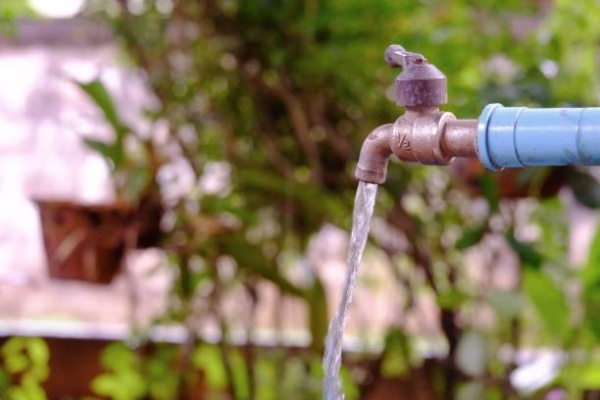
Types of Outdoor Water Filters
Drinking water comes from a treated municipal supply that is safe to drink but may have unpleasant tastes and odours from chemicals like chlorine that are used to disinfect the water and keep it free of germs and bacteria. Depending on where you live, your mains water may also develop limescale deposits, which can clog pipes and harm appliances. Water filters eliminate undesired pollutants from water such as sediment, taste and odour, hardness, and bacteria, resulting in higher quality water. With a suitable water filter, you may have better-tasting drinking water and more specialised uses such as brewing coffee and generating crystal clear ice. Water filters have different types of filters and each works differently.
Mechanical Filters

The primary principle behind mechanical filtration is to use a barrier to physically remove sediment, silt, or other particles from water. Mechanical filters can range from simple mesh filters that remove big trash to ceramic filters with exceedingly sophisticated pore structures that allow for ultra-fine filtering of harmful organisms. A filter that uses mechanical filtering is generally given a micron rating, which shows how successful the filter is in terms of the size of the particles it is capable of eliminating.
Here are the following common microns when it comes to mechanical filters:
- 5 microns can filter particles that you can easily see visible
- 1 micron can filter particles no longer visible to the naked eye, however, can still be seen through a microscope
- 0.5 micron is the smallest, this can filter up to molecular-sized particles.
Sequestration
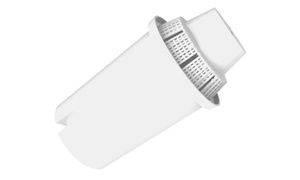
Sequestration is the process of chemically isolating a material. Food grade polyphosphate is widely used in scale preventing filters to sequester the calcium and magnesium ions that cause limescale and corrosion. Polyphosphate, on the other hand, is often injected at very little levels and just inhibits scale rather than eradicating it. This implies that polyphosphate does not soften the water but rather acts to maintain the minerals in the solution, preventing them from developing as scale on any surfaces they come into touch with.
Water Ionization
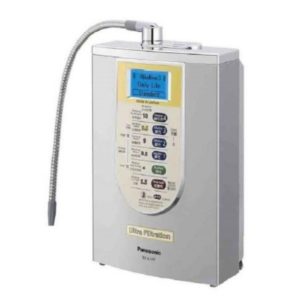
Water softening utilising a technique such as an ion exchange is often indicated in water locations with alkalinity levels of 180ppm or more and applications where water is maintained at a constant temperature of 95°C or higher. In contrast to scale inhibition, ion exchange physically eliminates hard minerals, lowering limescale and making water appropriate for applications where a constant high temperature is maintained.
Absorption
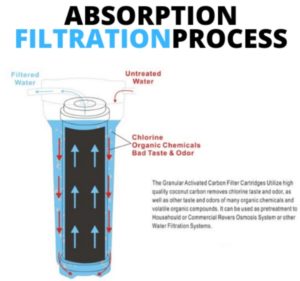
This kind of filter utilizes carbon. This is what you commonly read as a “carbon filter.” Carbon filters may be made from several materials, including wood and coconut shell, with coconut shell filters being more effective but also more costly. Carbon absorbs pollutants so quickly because it has a large internal surface that is densely packed with nooks and crannies that may trap chemical impurities like chlorine.
Reverse Osmosis
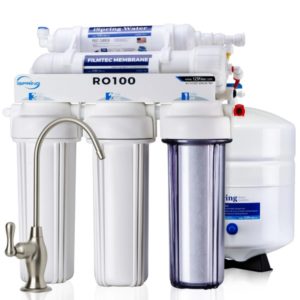
Reverse osmosis utilizes a semipermeable membrane to remove already dissolved inorganic compounds. RO forces these compounds through the membrane, hence they get filtered. Reverse osmosis is one of the most effective ways of filtering water, and usually, it is accompanied by a manual filter and carbon filter.
Combining each type
It is a bit obvious from reading above that every type of filter has its limitation, it’s not a surprise that common filters in the market are made of a combination of 2 or more types of filters. It was already mentioned how reverse osmosis utilizes two other types, but to expand more, household water jug filters, for example, will normally utilise mechanical, absorption, and ion exchange, whereas inline filters will use mechanical and absorption, with the possibility of sequestration if the filter is constructed to inhibit scaling.
Conclusion
There are a variety of water filters on the market, each with its own benefits and limitations. In order to find the best filter for your needs, you need to understand the different types of filters and how they work. We’ve looked at four common types of filters – mechanical, sequestration, ionization, and absorption – and explained how they work. Now that you know more about the different types of filters, you can make an informed decision about which filter is right for you.
